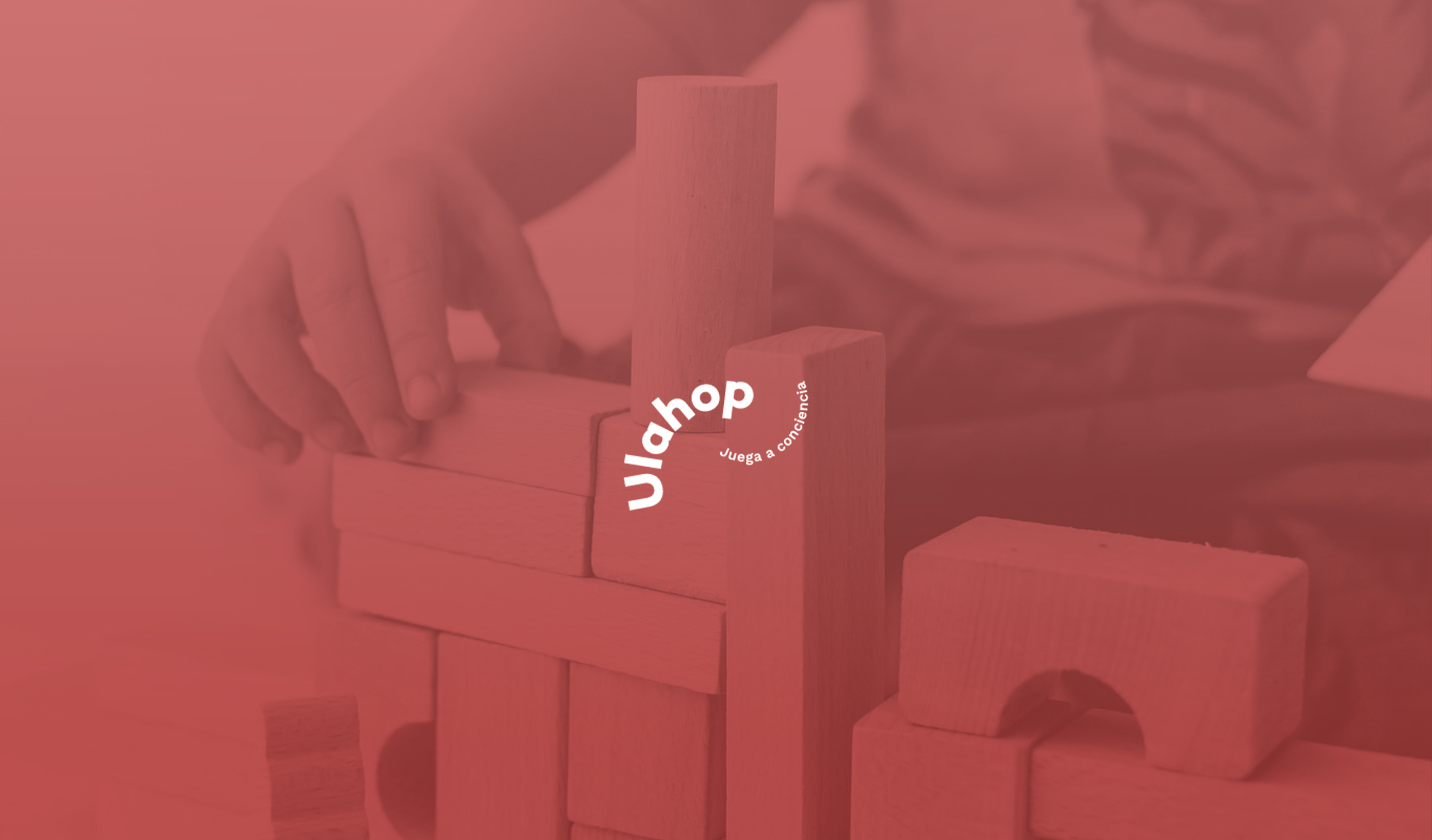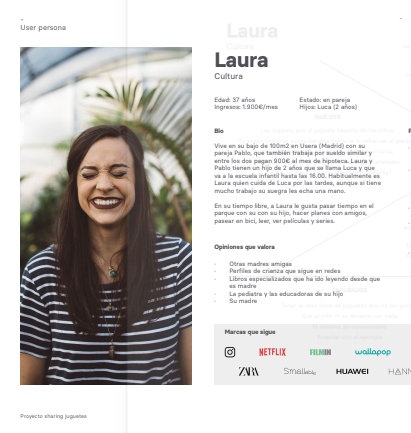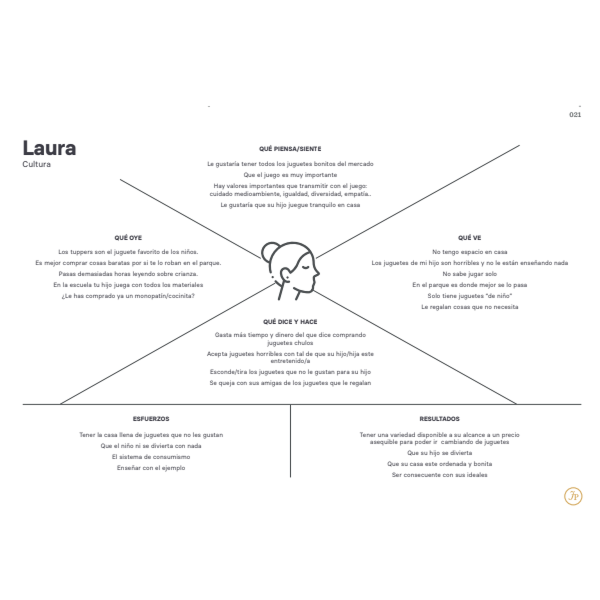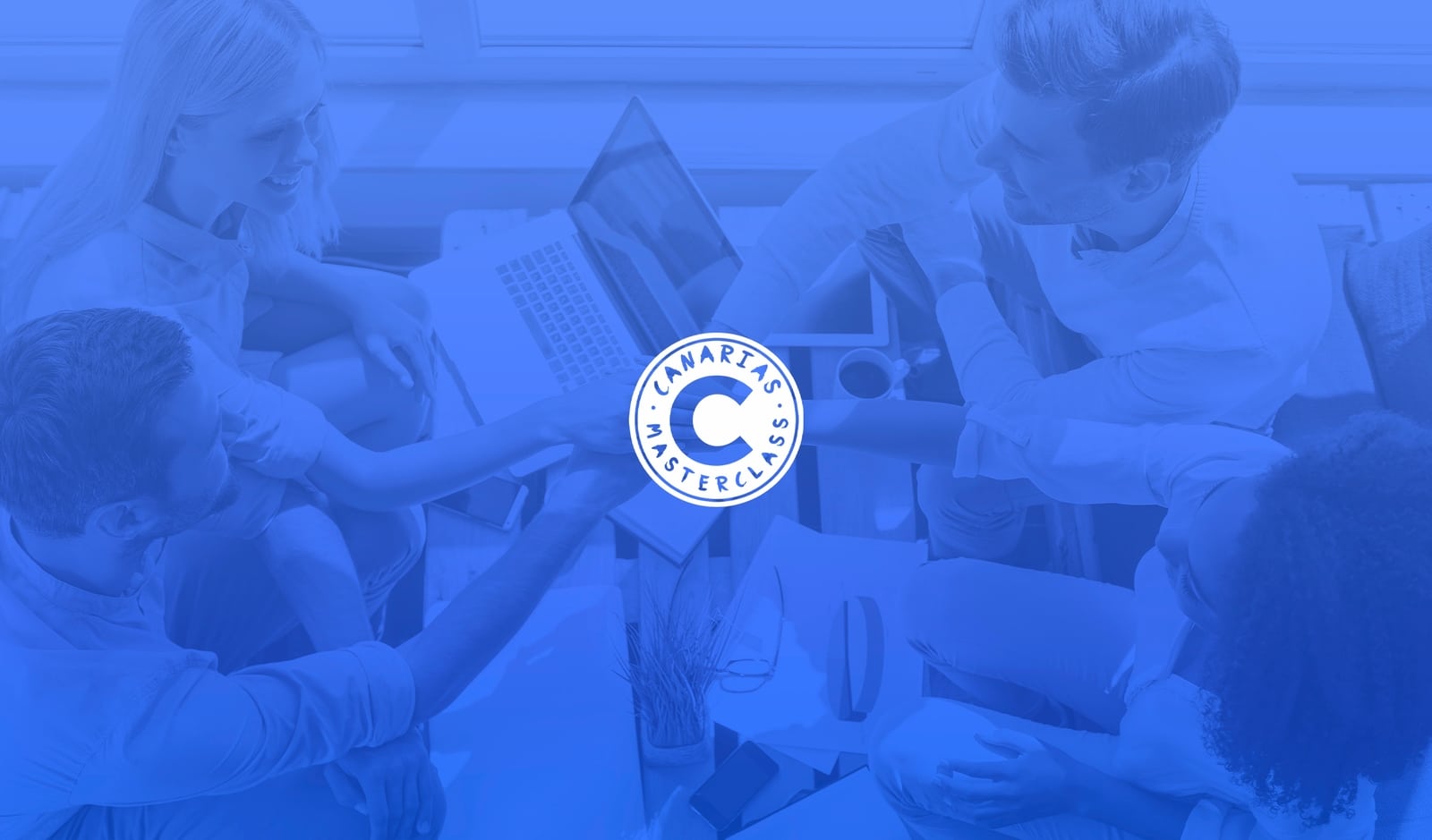1. The Context: Building Trust in a New Way to Play
Ulahop is a Spanish startup redefining how families engage with toys. Rooted in circular economy principles, the platform offers a monthly subscription model for educational and sustainable toys — promoting conscious consumption, creative development, and less waste.
When Ulahop reached out, they had a strong brand vision and a compelling value proposition — but no digital product. The challenge: design and validate a UX/UI experience from scratch that could resonate with eco-conscious families, reflect the warmth of the brand, and support an entirely new behavior — renting rather than buying toys.
This was one of those rare projects where every decision was anchored in a shared belief: design must drive business outcomes. We weren’t here to build “just a beautiful site” — we wanted to create a tool. One that made users convert, feel proud to belong, and stay.
.png)
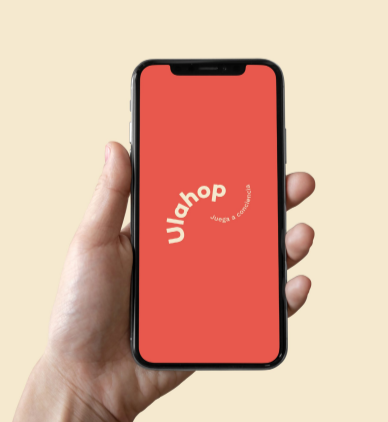
2. The Challenge: Create a Platform from Scratch with Real Business Impact
Unlike traditional e-commerce projects, this wasn’t about optimizing something that already existed — it was about defining a product category in a market that still defaults to ownership over access.
Key challenges:
- Designing for dual audiences: children as end users, parents as buyers.
- Communicating educational and ecological value without sounding “preachy”.
- Making a circular economy feel simple, intuitive, and desirable.
- All within a tight budget and timeline.
Ulahop was also a proving ground for our design stack: this was the moment we pushed No Code to its limits.
The founders — two visionary women with immense drive but limited funding — needed a solution that was elegant, scalable, and affordable. So we tested our No Code architecture under pressure. Could we really build a fully functional UX-driven subscription platform, with member dashboards, gifting logic, and self-management tools — without depending on a developer team? The answer was yes.
In fact, this project marked a turning point for us in our No Code journey. Webflow, Airtable, Zapier — everything we thought might fall short, performed with power, flexibility, and polish. What we created didn’t just look good — it worked like a business tool. And to this day, it still does.
3. The UX Research Strategy: Understand First, Then Design
Research Goals
- Explore how families perceive and interact with sustainable toys.
- Identify barriers to subscription and platform adoption.
- Understand parent motivations across ecological, educational, and economic dimensions.
- Test and iterate the full subscription journey — from awareness to retention.
Methodologies
- Desk Research: Industry reports and trend analysis on sustainable toys and circular models.
- Competitor Benchmarking: Study of players like Whirli (UK), Toy Box Club, and Montessori subscription boxes.
- User Interviews: In-depth conversations with 12 families, split by household composition, parenting style, and digital habits.
- Surveys: 200+ responses to understand price elasticity, toy expectations, and subscription drivers.
- Social Listening: Analysis of conversations on Instagram, Facebook groups, and ecological parenting forums.
- Persona Development combining stakeholder insights and user data.
- Usability Testing using low- and high-fidelity prototypes. Figma.
- Tools: Figma, Miro, Google Analytics, Hotjar, SurveyMonkey, FigJam.
We also integrated Ulahop’s original audience research, conducted by the founders — a rich foundation of insight that we complemented with behavior-driven segmentation. Together, we dove into why parents really subscribed: not just to reduce clutter, but to feel they were nurturing their child’s development consciously.
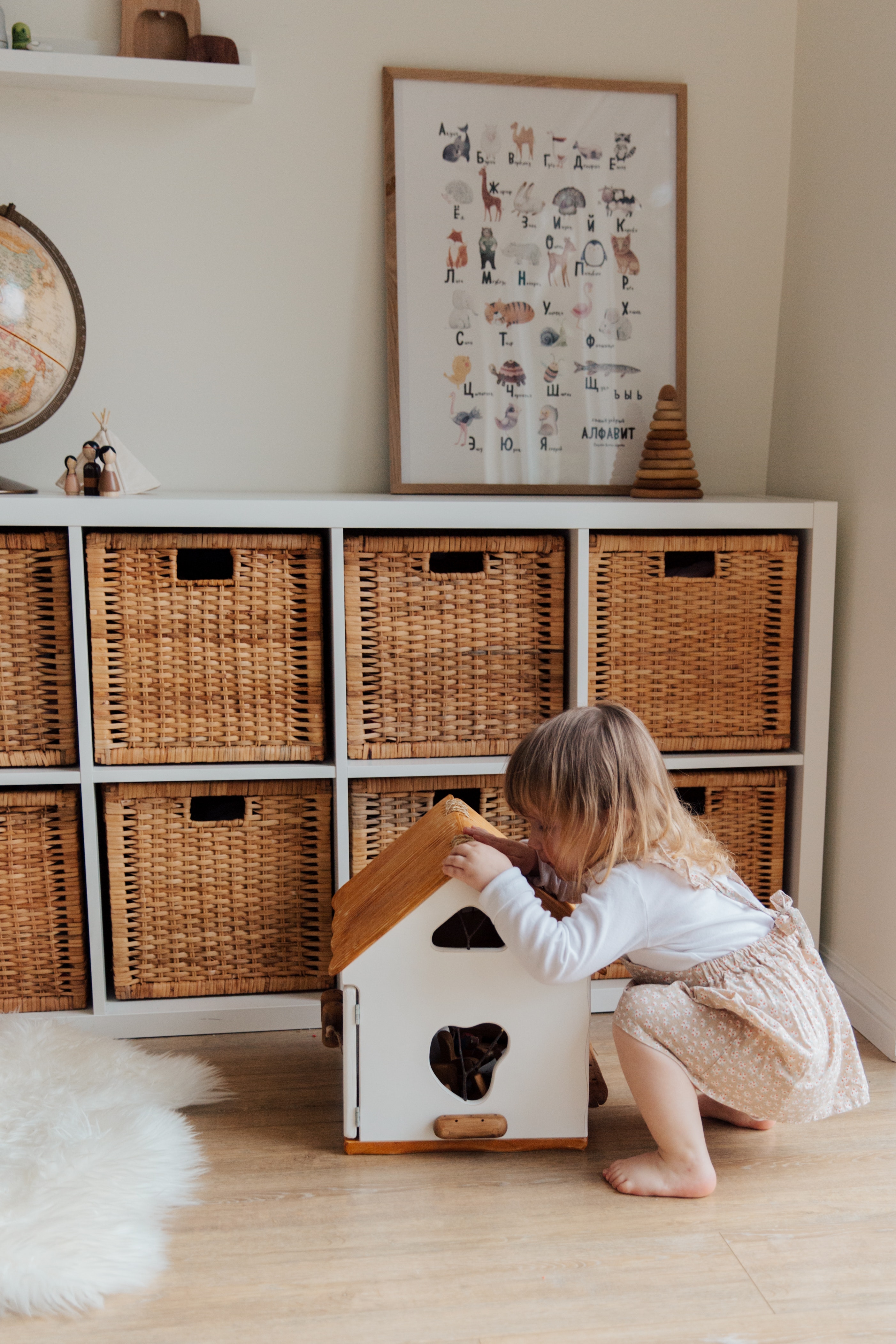
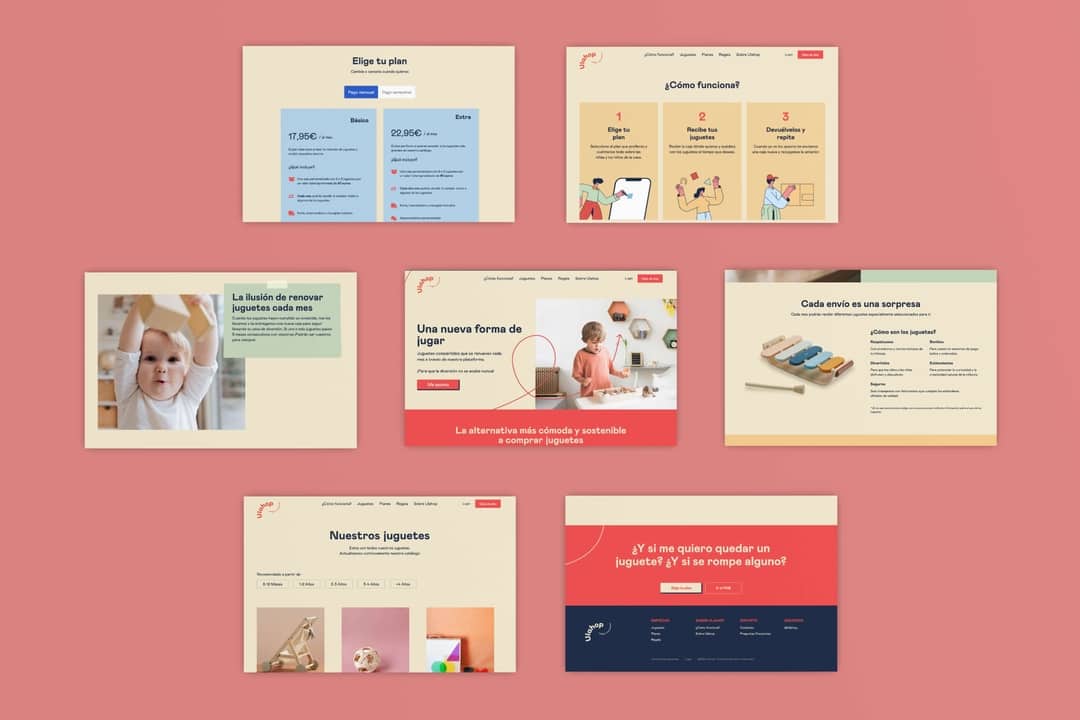
4. UX Solution: A Platform That Reflects Values and Drives Action
We designed every interface and copy block with conversion and clarity in mind. This wasn’t just about good UX — it was about business impact.
Homepage and Positioning
- Hero section with value-based storytelling and a sharp CTA: “Play differently.”
- Testimonials and visuals that showed real-life family joy, not stock images.
- Methodology-aware content: clear references to Montessori, Waldorf, and respectful parenting — not as marketing gimmicks, but as part of a real belief system.
Subscription and Checkout Flow
- A guided flow with age, interests, and pedagogical preferences.
- Flexible pricing options and trial nudges for hesitant users.
- Designed with Zapier automations that handled user onboarding, gift redemptions, and renewal flows — no dev handoff required.
User Dashboard
- Parents could track previous toys, update preferences, and request swaps.
- Clear toy feedback loop: rate, review, and refine recommendations.
- We designed everything so they could manage it themselves — from toy logic to plan upgrades.
Content Hub
- Guides on toy usage, development stages, and how to introduce Montessori at home.
- Microcopy that educated without lecturing — a subtle layer of trust-building.
No Code Stack & Autonomy
This wasn’t just about launch. We wanted to empower the Ulahop team for long-term independence. So we built a Webflow-based CMS they could manage without us — including:
- A client panel built entirely in No Code.
- Gift flows with custom logic (e.g., 6-month gifting automation).
- Webflow + Airtable + Zapier integration to handle subscriptions and logistics.
- Backend dashboards for customer support and inventory planning.
All of this, delivered under €8,000 — and still running three years later with no major overhauls.
5. Validation and Iteration
Every step was validated with real users:
- Parents loved the emotional clarity of the UX — they didn’t feel like they were "renting," they felt like they were "choosing better".
- Onboarding was clear, but we optimized the value communication during checkout based on testing feedback.
- Gift flows were especially well-received, prompting organic word-of-mouth growth.
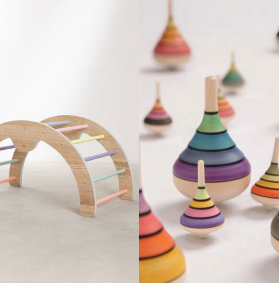
Impact
1. Full autonomy, zero tech debt
Since launch, Ulahop has managed the platform independently — with virtually no need for ongoing technical support. The no-code infrastructure and custom-built CMS empowered the team to run their business without relying on developers or designers.
2. A high-performance product, built to scale
From fast load times to SEO-optimized content and flexible UX architecture, the platform was designed not just to look good, but to work hard. It has delivered strong organic visibility and user engagement while remaining lightweight and adaptable.
3. A living product, still evolving after 3 years
Three years later, the same platform is not only alive — it's thriving. Ulahop has refined its pricing model, continued to gather user insights, and evolved its value proposition based on real behavior. The Research & UX strategy created space for that growth.
.jpeg)
7. Reflections and Learnings
- No Code ≠ Shortcut. It’s a powerful framework for delivering fast, scalable, UX-aligned digital products — especially for startups with limited resources.
- Business and UX must be inseparable. From day one, we tied design to KPIs, not just UI polish.
- Simplicity converts. Ulahop’s core users weren’t tech-savvy — so clarity, warmth, and empathy won.
- Co-creation with the client works. Ulahop’s deep audience knowledge made our research stronger, and our collaboration more meaningful.
This was a project where design, research, copy, and tech worked together as one system — and where strategy didn’t stop at the pitch deck. It lived in every pixel.
Final Word:
Ulahop wasn’t just a UX success. It became a blueprint for how we approach lean startups today: with heart, insight, and systems that actually perform.
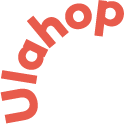
"All the kingseo team was deeply involved in our project and took the time to truly understand it before proposing and developing the solutions. The final result is excellent—both we and our subscribers are very happy with the website they built. Throughout the entire process, we felt fully supported, and their commitment was essential in bringing Ulahop to life."

Ana and Veronica - Founders
An Outstanding Team
I approached this project as part of a team I shared nearly four years of my life with.





